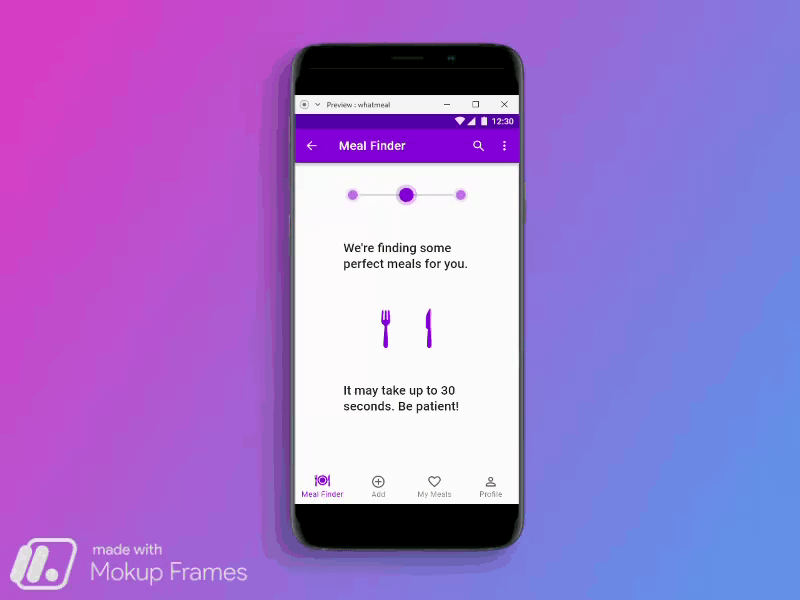
- #Material design animation for android
- #Material design animation android
- #Material design animation code
Next, in your platform project you add this marker to the custom renderer’s ExportAttribute: )]

#Material design animation code
The code is a couple of lines the marker exists to tie renderers together. To begin, declare an IVisual marker in your Xamarin.Forms library. Let’s run through the steps for making your own Visual. If you are unfamiliar with how custom renderers work, then our documentation guides can bring you up to speed. You can use Visual today to tie together all your custom renderers across all the Xamarin.Forms backends (platforms). At its most fundamental level, that’s it. Xamarin.Forms Material Visual makes it possible to use both at once and does some additional work to improve the consistency between platforms. But what about iOS? Google now also provides a set of iOS controls that implement an interpretation of Material design.
#Material design animation android
If you enable the Material theme in your Android platform project, you will get this design and behavior by default. Material Design Buttons from Google’s Material Design Guidelines This system has been so well received, that it inspires many of the mobile app designs we see from you. In 2014, Google introduced the Material design system to describe guidelines for how interactive UI should be implemented in order to achieve highly usable interfaces that would delight people. Let’s look at our implementation of the Material design components to see how this works by making your own, then get you started with Material, and finally look at the roadmap for this exciting new capability. When you enable Material Visual, supported and decorated controls adopt the same design system cross-platform to create a unified look and feel.
#Material design animation for android
In Xamarin.Forms 3.6 we are introducing the first iteration of Visual with a suite of Material design components for Android and iOS. Today, we believe we can do better to boost your productivity when your design goal is to achieve mostly the same visual appearance and behavior across these mobile targets. When you start a new Xamarin project, you get the same starting point you would get if you started new projects with Xcode and Android Studio. In fact, Xamarin excels at this by providing all those native controls out-of-the-box. Xamarin values deep integration with the host platform, culture, and design patterns that are expected by people like us, living and working on their devices. One such challenge is making your Android and iOS apps look and behave consistently with each other. A Unified Experience Across Android & iOSĮvery month the Xamarin product team surveys Xamarin developers and has hundreds of one-on-one interactions with Microsoft customers to learn how we are progressing on key challenges developers face every day. Material Design is the first style of cross-platform controls to take advantage of Visual. Visual enables developers to create beautiful, cross-platform mobile applications that share not only a massive amount of code but also design and behavior.

The icon itself has the same x and y dimensions so it shouldn't be a problem.This week, Xamarin.Forms 3.6 shipped with another round of improvements, the most exciting of which is called Visual.

The problem is that when the icon rotates, it doesn't rotate around its center. This element sits in an absolutely positioned wrapper, with display: flex, horizontally and vertically centered. So it has added :before with content of the icon.

webkit-animation: spin-animation 2s linear infinite Īnimation: spin-animation 2s linear infinite I'm trying to make a loading spiner with icon from but the icon doesn't just rotate, it also moves slightly from the center.


 0 kommentar(er)
0 kommentar(er)
